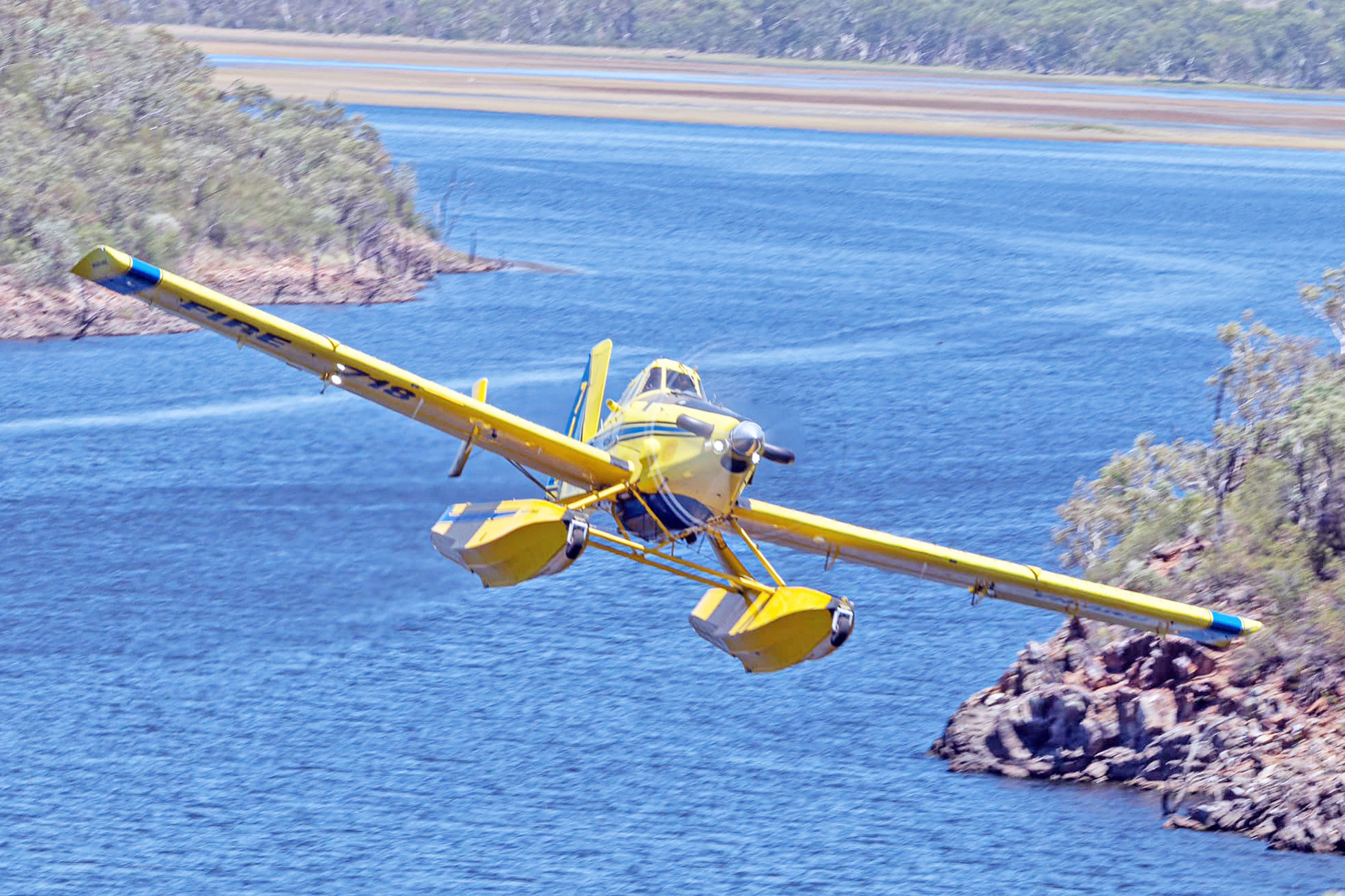General News
22 January, 2025
Fire season not over yet as aerial support returns to North West
Firefighters in Mount Isa and surrounds have been kept busy in January due to dry lightning storms.

The North West remains at the highest alert for fires in the state as the region awaits wet season rainfall to provide much-needed relief, says Queensland Fire and Emergency Services Inspector Shane Hopton.
Following another round-the-clock effort in recent days, fire crews and property owners have been able to contain blazes across multiple fronts that were in locations similar to the emergency-level fires that threatened Mount Isa in 2023, which saw the first ever local use of aerial firefighting planes that have since become a regular fixture in the skies.
“I think we all remember the impact those fires had on Mount Isa in 2023 – and so we had to work to make sure there was not a repeat,” Inspector Hopton said.
The North West area director said there were still significant fuel loads on properties across the region and the longer than expected fire season had pushed station owners, rural fire volunteers and resources to the point of exhaustion after near-constant blazes have raged across all corners of the North West since September.
In the latest setback, a series of dry lightning strikes, which brought little to no rain relief, saw more than two dozen blazes once again flare across properties at Haslingden and West Leichhardt Station, between Lake Moondarra and Lake Julius, as well as blazes surrounding Duchess, Dajarra and the Gulf last week.
While fire breaks are in place across many of these properties, Inspector Hopton said they were sometimes hundreds of hectares apart, which would require large swabs of pastures to be left to burn out, placing further undue pressure on already struggling beef production businesses.
In an attempt to save more pastures, two water bombers were brought from the coast to aid in the firefighting efforts near Mount Isa in recent days.
But the pilots’ efforts were repeatedly plagued by difficult conditions, including up to six wind direction changes in the space of a few hours that hampered water gathering manoeuvres at Lake Moondarra.
Despite the setbacks, crews and property owners had contained the blazes at time of print and a decision was expected to be made this week about whether the aircraft was still required.
Inspector Hopton said the use of aerial water bombers was unusual during the traditional wet season – but it was evidence of the ongoing fire risk across the region.
“Our fire season is not over yet – across a lot of the rest of the state, their fire season has ceased to exist, but we are still waiting for our rainfall so we can move into our next preparations,” he said.
“We treat the situation the same as our normal fire season calendar – we are receiving really good support from our senior staff including our commissioner to send and support the necessary aircraft and equipment.
“Traditionally when our normal fire season has ended, our aircraft is scaled back – but our senior staff has been really supportive in allowing access to the aircraft, which we might not have normally got, because they understand the rainfall has not come and we are still in very dry conditions.
“We are still very much in a high fire risk period until we get the traditional rains.
“I look at all the forecasts and I talk to a lot of the older producers, who tell me that we are going to get the rains – I just don’t know if we are going to get it in the calendar month that we are all used to.
“It is normally the end of January we see some rain – but we just haven’t seen it yet.”